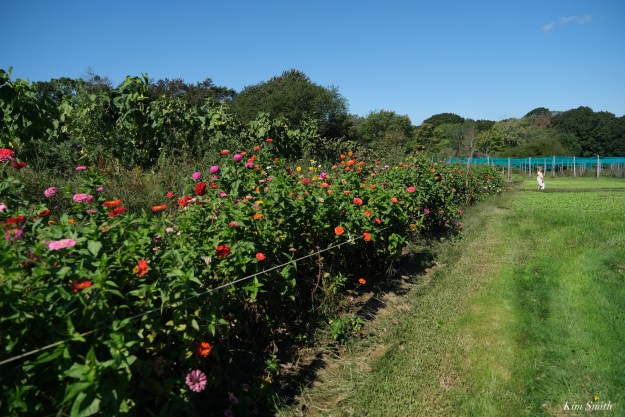Good Morning Piping Plover Friends,
Much to catch up with but I first wish to thank everyone who is contributing to our Piping Plover film project fundraiser. Thank you so very much for your generous contributions and very kind comments on our fundraising page.
Not wanting to count our eggs before they have hatched, but we have interest from PBS! and are hoping to have a fine cut ready to submit to film festivals by May1st.
With gratitude to the following PiPl friends for their kind contributions – Lauren Mercadante (New Hampshire), Sally Jackson (Gloucester), Janis and John Bell (Gloucester), Jane Alexander (New York), Jennie Meyer (Gloucester), Alice and David Gardner (Beverly), JoeAnn Hart (Gloucester), Kim Tieger (Manchester), Joanne Hurd (Gloucester), Holly Niperus (Phoenix), Bill Girolamo (Melrose), Claudia Bermudez (Gloucester), Paula and Alexa Niziak (Rockport), Todd Pover (Springfield, MA), Cynthia Dunn (Gloucester), Nancy Mattern (Albuquerque), Marion Frost (Ipswich), Cecile Christianson (Peabody), Sally Jackson (Gloucester), Donna Poirier Connerty (Gloucester), Mary Rhinelander (Gloucester), Jane Hazzard (Georgetown), Duncan Holloman (Gloucester), Karen Blandino (Rockport), Duncan Todd (Lexington), Sue Winslow (Gloucester), Amy Hauck-Kalti (Ohio), JoAnn Souza (Newburyport), Karen Thompson (San Francisco), Carolyn Mostello (Rhode Island), Susan Pollack (Gloucester), Peggy O’Malley (Gloucester), Hilda Santos (Gloucester), Maggie Debbie (Gloucester), Sandy Barry (Goucester), and my sweet husband Tom 🙂
Can you believe it’s that time of year already – Piping Plovers will begin returning to Cape Ann at the end of the month. We hope so very much that Super Dad and our amazing, disabled Super Mom will return for their ninth year nesting at Good Harbor Beach. Typically Plovers only live for five to six years however some, like “Old Man Plover,” lived, and fathered offspring, through his fifteenth year. If you would like to join our group of incredibly dedicated Piping Plover Ambassadors, please email me at kimsmitghdesigns@hotmail.com.
Some upcoming events and screenings – I am honored to write that I am being presented with the Conservation Award at the 130th annual March Conference of the Massachusetts DAR. And will also be giving a Piping Plover presentation to our local Cape Ann chapter of the DAR on April 6th at 11am, which I believe is open to the public. On Thursday evening at 6:30, please join me for a public screening of our documentary Beauty on the Wing: Life Story of the Monarch Butterfly as part of the Essex County Greenbelt 2024 Film and Lecture Series. Last, but not least, this coming Friday, I am joining a group of talented Cape Ann women writers. We will be reading excerpts from books by Cape Ann women writers of note, in celebration of International Women’s Day.
As the weather warms, please think about purchasing one of our awesome Plover Besties decals, tees, or onesies at Alexandra’s Bread. We have a pretty cerulean blue in stock, some pink, and I am planning on printing yellow tees and onesies for spring. They are a really great quality, pure cotton, a little longer than is typical, and printed locally at Seaside Graphics. Alexandra’s Bread is located at 265 Main Street, Gloucester.
Thank you again for your kind support.
Warmest wishes,
xxKim
Upcoming Events for March
March 8th, Friday at 7pm. In Celebration of International Women’s Day Women – Women Authors of Cape Ann. Presented by the Gloucester Writers Center at the Unitarian Universalist Church, 10 Church Street, Gloucester.
March 14th, Thursday, at 6:30pm. Essex County Greenbelt 2024 Film and Lecture Series. “Beauty on the Wing: Life Story of the Monarch Butterfly” documentary film screening and Q and A with Director Kim Smith. HC Media, Studio 101 at 2 Merrimack Street, Haverhill.
March 15t at 12noon, Friday. Massachusetts DAR 130th March State Conference and Luncheon. Kim Smith honored with the Conservation Award. Wellsworth Hotel Conference Center, Southbridge, MA.
April 6th, Saturday, at 11am. Cape Ann DAR . Kim Smith presentation “The Piping Plovers of Moonlight Bay.” Veteran’s Service Building 12 Emerson Avenue, Gloucester.
Like this:
Like Loading...



















































































































































































